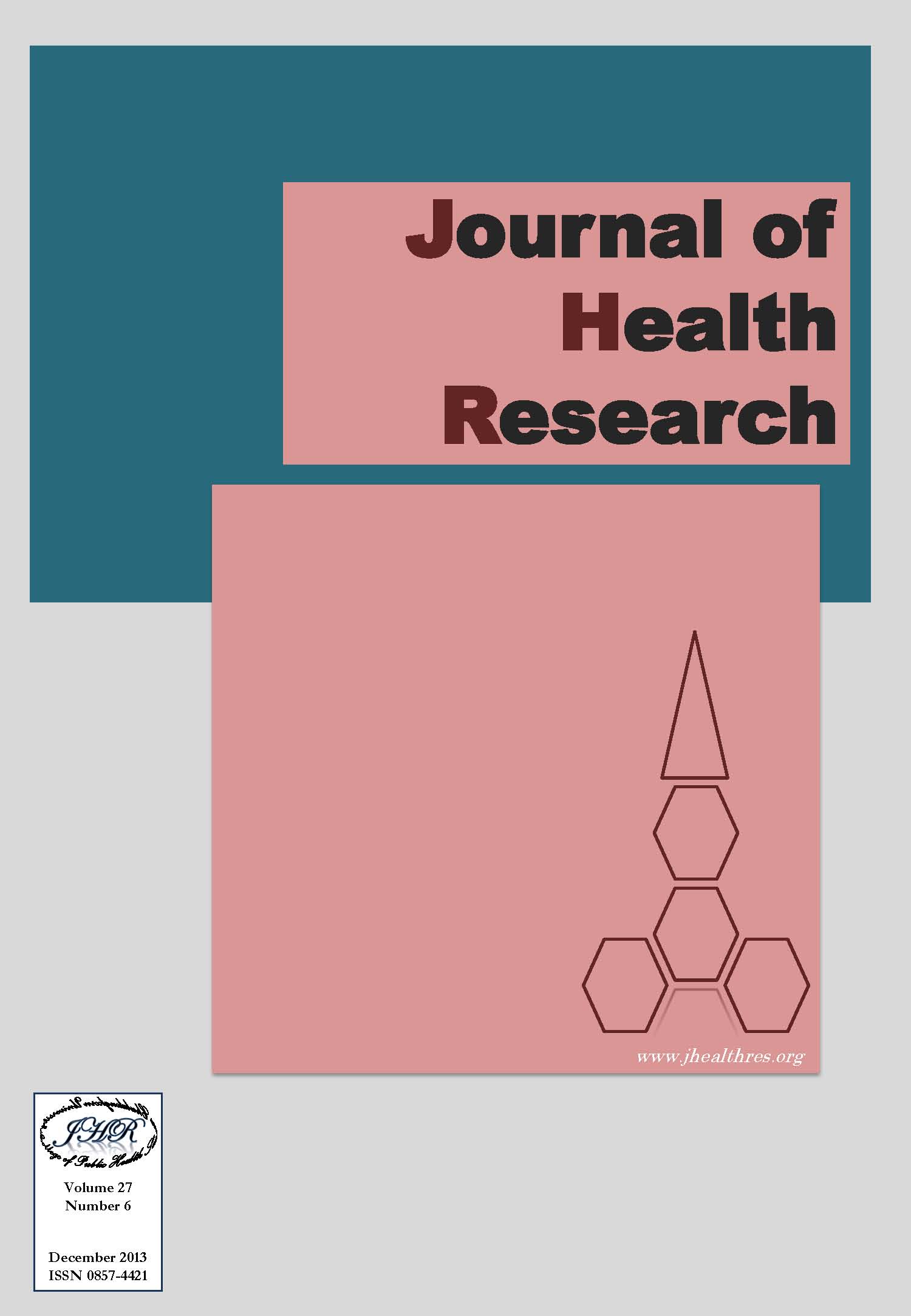Demographic Socio-Economic and Environmental Factors Associated with Diarrhoea Morbidity in Children Under-Five in Rural Odisha: A Study of Rayagada District India
Keywords:
Demographic factors, Socio-economic factors, Environmental factors, Under Five Children, Diarrhoea, IndiaAbstract
According to the UNICEF report, pneumonia and diarrhoea, the two biggest killers of children, killed about 2,197,000 children less than 5 years of age in 2010, making up 29 percent of all child deaths under age five worldwide. With 609,000 deaths, India topped the list of the 75 countries with the highest mortality burden attributed to the two diseases. A cross-sectional study was carried out in the severely diarrhoea affected blocks of the Rayagada district to find out the association between socio-economic, environmental and demographic factors with diarrhoea among under 5-year-old children on February and March, 2013. The study based on the primary information obtained from the mothers of the under five children. Quantitative research methodology was applied. Data analysis was done by using binary logistic regression with statistical significance of each analysis against the p-value of 0.2. The study revealed that 630 (42%) children had diarrhoea within last two months of the study. Factors like mother’s education, age of the child, child’s immunization status, breast feeding status, source of drinking water, its treatment and cooking place has association in diarrhoea outcome of under 5-year-old children. The study also found that factors like age of the child and source of drinking water and separate room for cooking were highly associated with diarrhoea. Considering the high prevalence of the diarrhoea continued efforts to promote hygienic practices in child care, special attention in the care of children within the age group 7-12 months, treatment of both water source and awareness about treatment of water before consumption and availability of anti-diarrhoeal medicines at the village level round the year, prolonged breast feeding and promotion of health education are recommended.







